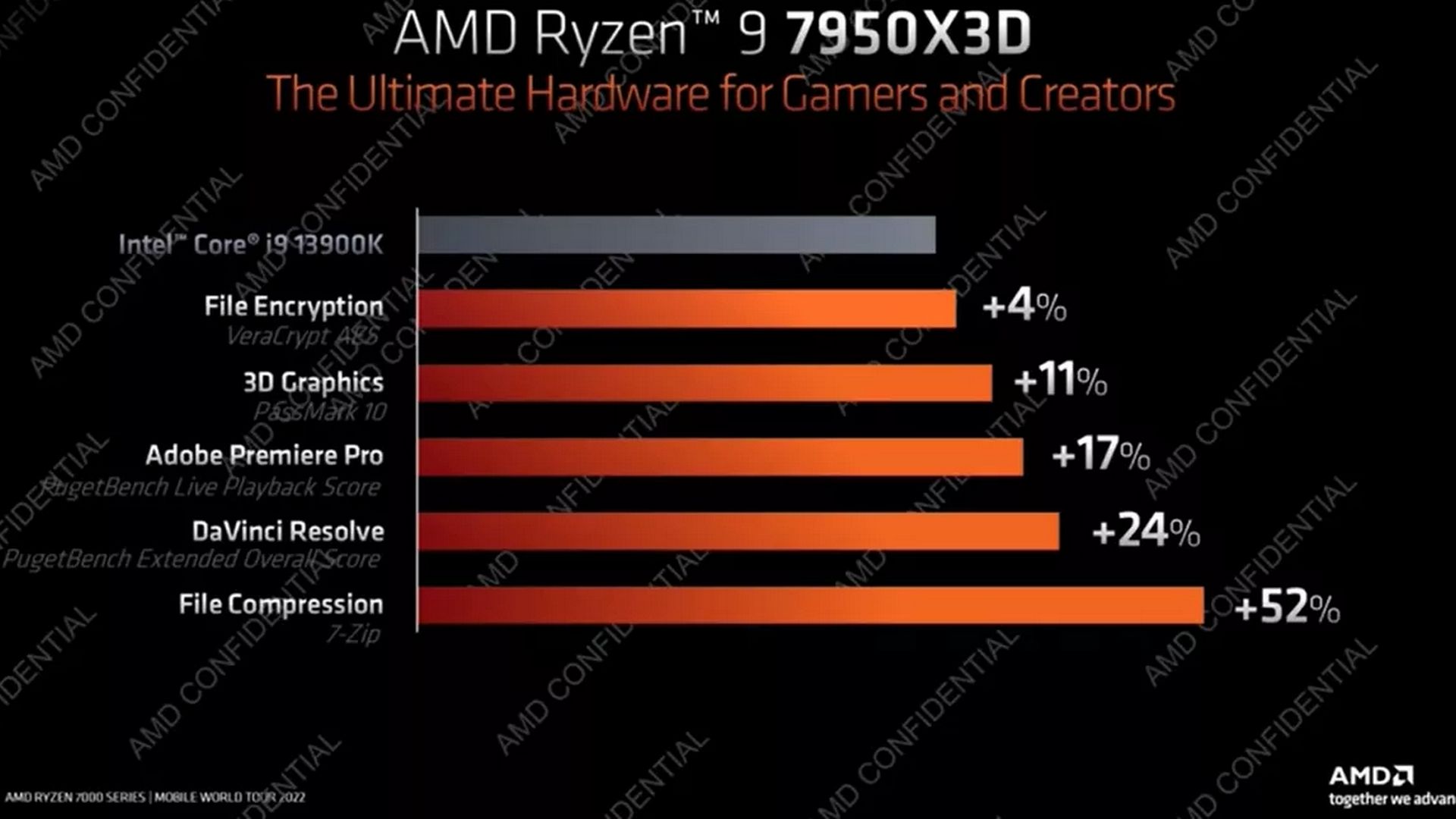New High-End Processor: A Game Changer for Performance and Innovation
The New High-End Processor: A Game Changer for Performance and Innovation
The world of computing is always evolving, and at the heart of this progression are processors. These tiny yet incredibly powerful chips are the brains behind everything we do on our computers, from gaming to data analysis to machine learning. As we step into 2025, new high-end processors are making their way into the market, promising to revolutionize the way we experience performance, efficiency, and innovation. Let’s dive into the latest offerings and what makes them stand out.
1. The Rise of AI-Optimized Processors

With AI becoming a key player in nearly every industry, it's no surprise that many of the new high-end processors hitting the market are optimized for AI tasks. Intel, AMD, and ARM are all in the race to provide chips that can handle machine learning, neural network processing, and complex computations without breaking a sweat.

The Intel Core Ultra 9 series, for example, is built with an integrated AI engine designed to accelerate AI workloads. With more cores, faster speeds, and enhanced power efficiency, this processor is engineered to run AI applications like deep learning models and computer vision software at unprecedented speeds.
2. AMD’s New Flagship – Ryzen 7000X3D

AMD has always been known for delivering excellent multi-core performance, and with the release of the Ryzen 7000X3D, they are pushing the boundaries even further. This high-end processor uses a technology called 3D V-Cache, which essentially stacks additional memory on top of the chip to offer a significant boost in gaming and productivity performance.

For gamers and content creators, this means faster frame rates, smoother multitasking, and a noticeable improvement in overall system responsiveness. The Ryzen 9 7950X3D, with its 16 cores and 32 threads, is expected to outperform many of its competitors, especially when it comes to multi-threaded applications.
3. Intel’s 13th Gen Core: The Raptor Lake Refresh

Intel’s latest 13th Gen Core processors, also known as Raptor Lake, continue to set the bar high for desktop computing. The high-end Intel Core i9-13900K is a standout, featuring 24 cores (8 performance cores and 16 efficiency cores) and the ability to boost up to 5.8 GHz. This processor is built to handle anything from intensive gaming and 3D rendering to complex simulations.
What makes the Raptor Lake series especially appealing is Intel’s approach to power efficiency. The performance hybrid architecture allows the processor to intelligently allocate power depending on the workload, making it an ideal choice for users who need a high level of performance without sacrificing energy efficiency.
4. ARM-Based Processors: The Future of Mobile and High-Performance Computing

ARM-based processors are increasingly finding their way into high-performance desktops and laptops, particularly with Apple’s M2 Pro and M2 Max chips leading the way. These processors are breaking the traditional boundaries of what we expect from mobile chips, offering incredible performance and energy efficiency, especially in ultra-portable devices like the MacBook Pro.
What’s interesting about ARM chips is their scalability and architecture. With the M2 Max, Apple can integrate up to 12 CPU cores and 38 GPU cores into a single chip, creating a powerhouse for professional creatives and developers. Not only are these processors extremely powerful, but they are also optimized to run efficiently on macOS, ensuring seamless multitasking and long battery life.
5. Emerging Trends: Quantum Computing and Beyond

Though it’s still in its infancy, quantum computing is a field to watch in the coming years. While quantum processors are not yet ready to replace traditional chips, companies like IBM and Google are developing quantum computing processors that could change the landscape of computational power forever. These processors operate on quantum bits, or qubits, that exist in multiple states simultaneously, allowing them to solve problems that would take classical processors thousands of years to complete.
While quantum computing may not yet be a part of everyday consumer products, the advancements being made in this area will likely influence the design and capabilities of future high-end processors in profound ways.
6. What Does This Mean for Consumers?
For everyday consumers, these high-end processors will make a noticeable impact on performance. Whether you’re gaming, streaming content, or working on demanding applications, these processors will provide smoother, faster experiences with reduced latency. With more cores, higher clock speeds, and enhanced architectures, you’ll see less lag and better multitasking abilities.
However, these high-end processors come at a price, and for most people, mid-range processors may still offer a more cost-effective solution for their computing needs. But for those seeking the very best in power, speed, and longevity, investing in these next-gen processors will future-proof your system for years to come.
Conclusion: The Future Is Fast, Efficient, and Smart
The new high-end processors hitting the market in 2025 represent the bleeding edge of computing technology. With AI optimization, increased core counts, and power efficiency improvements, these processors are not only pushing the limits of what’s possible in gaming and content creation but are also helping to shape the future of computing as a whole.
As we move further into an era dominated by data and AI, expect these high-end chips to power everything from your next gaming session to the complex simulations that will drive the innovations of tomorrow. Whether you’re upgrading your current machine or building a brand-new rig, the latest processors are here to offer the ultimate performance upgrade.

Comments
Post a Comment